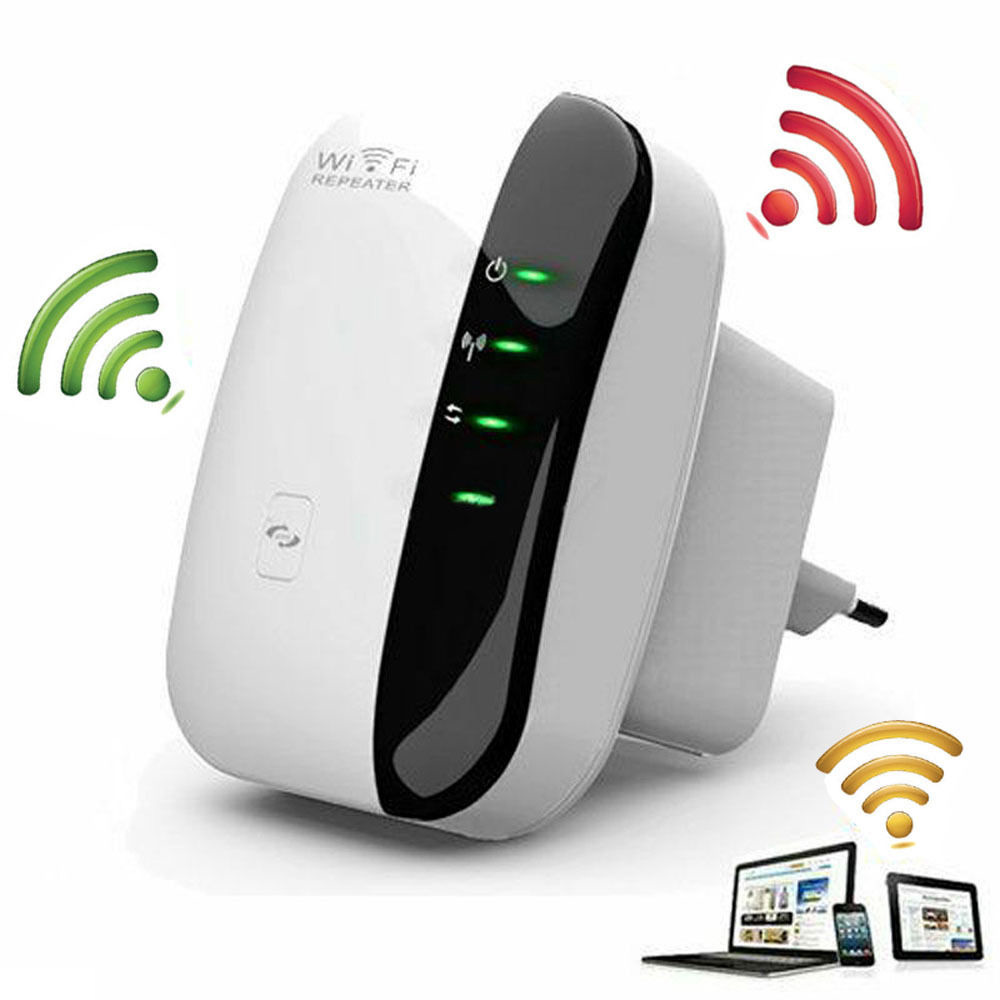


That's why they're also sometimes called WiFi repeaters or boosters-truth be told, the industry doesn't differentiate between them too much since they all have the same byproduct: they improve your WiFi coverage. What extenders can’t do is increase your data speed unless it’s wired to the router.Wi-Fi extenders work by wirelessly connecting to your router and repeating the signal. Extenders have amplified antennas, so if you get a -80 dBm signal from your router while standing next to the bookcase, a Wi-Fi extender in that spot may broadcast a -38 dBm signal, which is far better-the closer to zero, the stronger the signal. This term applies to all Wi-Fi extenders because they “boost” your Wi-Fi range. This mode has the fastest data throughput if you use a wired connection, but it ties up the Ethernet port. It creates a new Wi-Fi network, so you must manually connect your wireless devices upon first use-they reconnect when you move outside the router’s range. With the access point mode enabled, the extender connects to your router using Wi-Fi, an Ethernet cable, or a coax cable.

But your data throughput doesn’t increase in speed because there’s no wired connection to the router. It then captures and repeats your router’s Wi-Fi through amplified antennas, so you don’t need to manually disconnect and reconnect as you roam. To set it up, press the WPS button or log in to your Wi-Fi network through the repeater’s app or web interface. We’ll explain both modes and how an extender can boost your Wi-Fi.īy default, an extender connects to your router using Wi-Fi. Most Wi-Fi extenders now have two modes you can toggle from the bottom or the side: repeat and extend. All three terms apply to the same thing: a standalone device for capturing your network signals and sending them into areas your router can’t reach.


 0 kommentar(er)
0 kommentar(er)
